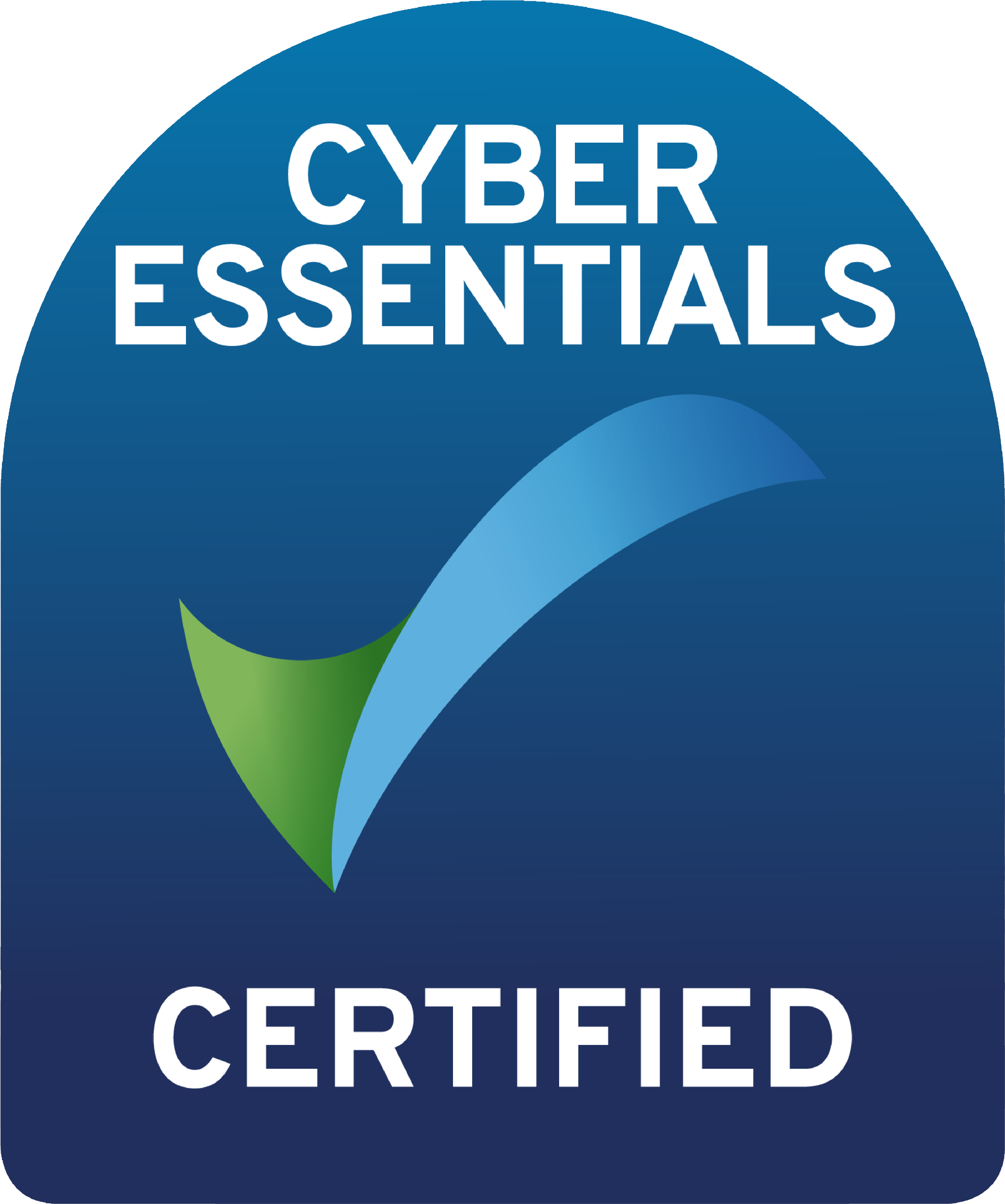TQUK Level 2 Award in Fire Safety Principles (RQF)
Online & Classroom Training Course

Video Playtime
2 hours and 3 minutes
Video Count
49 videos
Audio
English
Captions
English
Proof of Completion
Certificate
This Course Includes:
- 6.0 hrs CPD Certificate
- Evidence Based Training Certificate
- Instant printable wall certificate
- 24/7 on-demand video
- Access on mobile
- Weekly refresher video
- Expiration reminder
- Student manual
over 3 million certifications issued to date
Why ProTrainings?
Convenience
Train Anywhere, On Any Device
Master Quality
Expert Instructors for Every Subject
Speed
Same-Day Completion
Trusted
Compliant & Secure
Who needs this training?
Most people take this training as a requirement for their job or for their personal life. Whether you work in healthcare or another profession or are simply looking for a new qualification, ProTrainings has the course that is suitable for you! Online courses allow you to train at your own pace, in your own time.
Some professionals that may need a this course include:
- Fire Wardens
- Fire Marshals
- Responsible Persons in workplaces
- Responsible Persons in Buildings
- Managers
- People wanting a higher level of Fire Training
More about this course
The TQUK Level 2 Award in Fire Safety Principles (RQF) course is a regulated qualification which sits on the Ofqual Framework. This course is designed for managers, supervisors, team leaders, fire wardens/marshals, staff or anyone working in an area where there is a potential risk of fire.
This qualification is designed to meet and comply with the Regulatory Reform (Fire Safety) Order 2005. It covers how fires are started, methods of controlling fire spread, evacuating the building, fire briefings and risk assessing.
Online e-Learning:
The theoretical components of this course have been neatly collated into bite-size modules, where you can watch a variety of videos, review scenarios and answer questions between each module. You will then need to complete 2 tests to be awarded the full TQUK Level 2 Award in Fire Safety Principles (RQF) certificate - the online video e-Learning MCQ test and the open response assessment as mentioned below.
Assessment: you are required to complete an open response theoretical assessment ensuring you meet all the command verbs during this written assessment. You must contact the compliance department (click here) to request a copy of the assessment.
Classroom option:
Complete this qualification through traditional classroom training with one of our approved instructors or as a virtual training live with an instructor through Zoom or similar using our remote platform. Gain the same regulated qualification whichever option you choose.
A regulated TQUK Level 2 Award in Fire Safety Principles (RQF) certificate will be generated following the completion of your e-Learning, classroom session and open response assessment.
Those gaining this qualification will know that fire safety is the responsibility of everyone in the workplace and will recognise the consequences of a fire on any premises.
Please be advised this course has a minimum age requirement of 16.
This course gives learners the opportunity to gain a formally recognised regulated qualification. If you require funding, a regulated qualification is often required. Phone us and we can advise if needed. If you choose our course leading to a regulated qualification, there are additional assessment criteria to be undertaken with an instructor and a small extra certification charge.
| Regulated Qualification Details | |
|---|---|
| Course Title: | TQUK Level 2 Award in Fire Safety Principles (RQF) |
| QAN: | 601/2555/X |
| Level: | 2 |
| Credit Value: | 1 |
| TQT: | 9 |
| The Register of Regulated Qualifications | |
| Funding Information | |
| TQUK Qualification Specification | |
- Explain how fires are caused in the workplace
- Describe the components of the fire triangle
- Identify the hazards during or after a fire, including the products of combustion
- Describe the characteristics of fire and smoke spread
- State the different methods used to identify and control fire hazards
- Define the term 'means of escape' in relation to fire hazards
- Outline typical components for means of escape from fire hazards
- Describe methods of fire detection and raising the alarm
- Describe the principle of how fires are extinguished
- Describe how portable fire-fighting equipment should be used safely
- Identify common fixed fire-fighting systems and where they might be used
- Outline the duties of employers and employees with respect to fire safety in the workplace
- Outline how to undertake a simple fire safety inspection in the workplace
- Describe the stages involved in a fire risk assessment
- State the role and function of fire wardens in their workplace: on a day-to-day basis, during an emergency and if they are not in their designated areas of responsibility when the alarm is raised
- Outline the content of a fire safety briefing
Learning Outcomes:
1 Understand the hazards and risks associated with fire in the workplace
1.1 Explain how fires are caused in the workplace
1.2 Describe the components of the fire triangle.
1.3 Identify the hazards during or after a fire, including the products of combustion.
1.4 Describe the characteristics of fire and smoke spread.
2 Understand how fire risk is controlled in the workplace
2.1 State the different methods used to identify and control fire hazards.
2.2 Define the term ‘means of escape’ in relation to fire hazards.
2.3 Outline typical components for means of escape from fire hazards.
2.4 Describe methods of fire detection and raising the alarm.
2.5 Describe the principle of how fires are extinguished.
2.6 Describe how portable fire-fighting equipment should be used safely.
2.7 Identify common fixed fire-fighting systems and where they might be used.
3 Understand the principles and practice of fire safety management at work
3.1 Outline the duties of employers and employees with respect to fire safety in the workplace.
3.2 Outline how to undertake a simple fire safety inspection in the workplace.
3.3 Describe the stages involved in a fire risk assessment.
4 Understand the role of the nominated fire warden
4.1 State the role and function of fire wardens in their workplace:
On a day-to-day basis
During an emergency
If they are not in their designated areas of responsibility when the alarm is raised.
4.2 Outline the content of a fire safety briefing.
- RegForm 81 TQUK Level 2 Fire Safety Principles (RQF) Theoretical Assessment - open response not a final test
- Student Manual (V8.1) - Fire Safety
- Catastrophic bleeding and trauma First Aid Guidance From ProTrainings.
- Child CPR Flowchart
- Coronavirus (COVID-19) - link to the NHS website
- Essentials of health and safety at work link to HSE website
- Find out what other courses are available as video online, blended and classroom courses nationally - our course finder
- Fire Safety Risk Assessment leaflet
- Free student first aid program leaflet
- HSE 5 steps to Risk Assessing link to HSE website
- HSE First Aid at Work Regulations
- HSE guide to PPE
- Home Emergency Contact Sheet
- Link to the HSE website
- RIDDOR link to the HSE guide
- RegForm81 - TQUK Level 2 Award in Fire Safety Principles Open Response (You must complete and email this back to us)
- Sign up for free Student First Aid - use code SCH-376-61-571
- Step by Step Guide to COSHH HSE Guide - Link to HSE website
- The Fire Safety Act 2021
- The Regulatory Reform (Fire Safety) Order 2005
- Visit the First Aid Show free for first aid and medical videos
- Workplace Accident Book
- Workplace Emergency Contact Sheet
- Woundclot - haemostatic gauze for all types of bleeding
- Woundclot leaflet with price list - 2025
Reviews
Frequently Asked Questions
What is CPD and why is having Certified CPD important?
CPD stands for Continuous Professional Development and is required in many business sectors. Even if you do not require a set CPD credit level, having Certifed CPD ensures the quality of training. ProTrainings are the highest gold standard of CPD ensuring that all courses are externally verified and mapped to the highest levels.
What is "SCORM ready" and will courses run on a LMS?
SCORM Ready means that online courses can run on any compatible Learning Management System (LMS). SCORM courses run seamlessly on your existing LMS system without a separate login so staff only login using the existing company system. ProTrainings online courses have an advanced SCORM ready system to give more features than any other company.
Do I receive a certificate after completing your online training?
Yes, when you complete the online course you will be able to download and print a compliant completion certificate, evidenced-based learning statement to confirm course content and a certified CPD statement. There is no extra charge for the certificate. You can also buy a printed certificate to be posted to you for a small extra fee.
What training courses do you offer and how are they delivered?
We offer a full range of training courses across all business sectors as video online, blended and nationwide at your business or our local training centres. With over 350 courses you can learn at a time and place that meets your busy schedules and save money on travel and costs away from the office.
Group Trainings for your Organisation

















